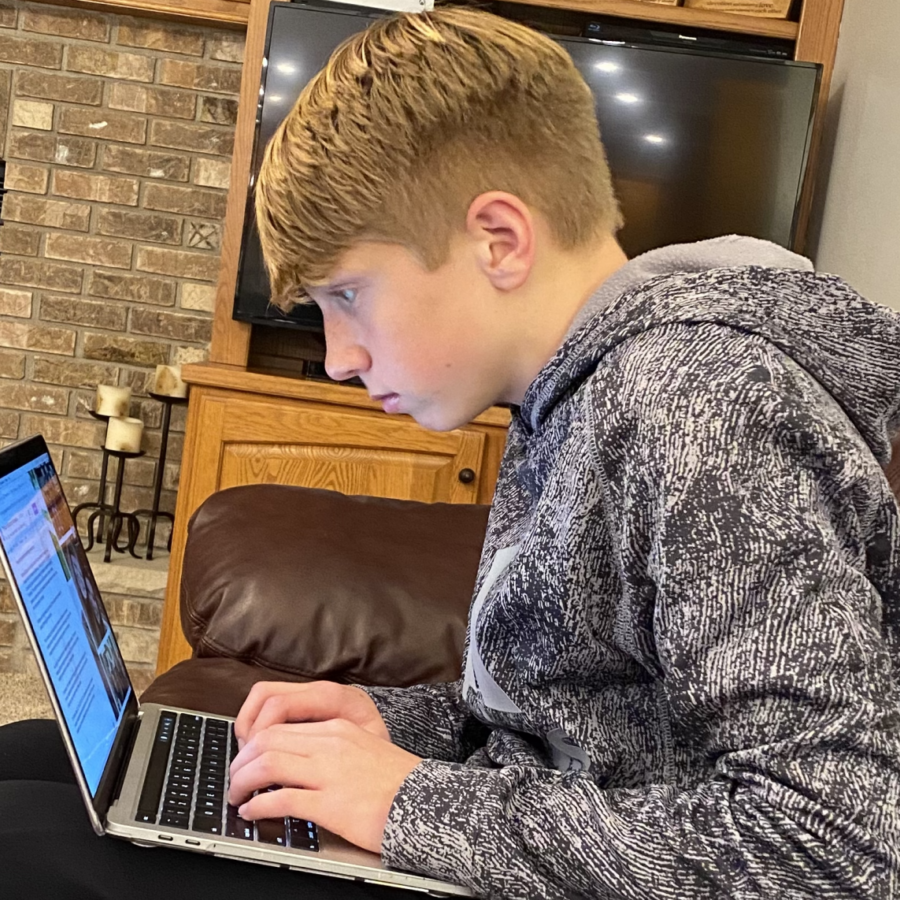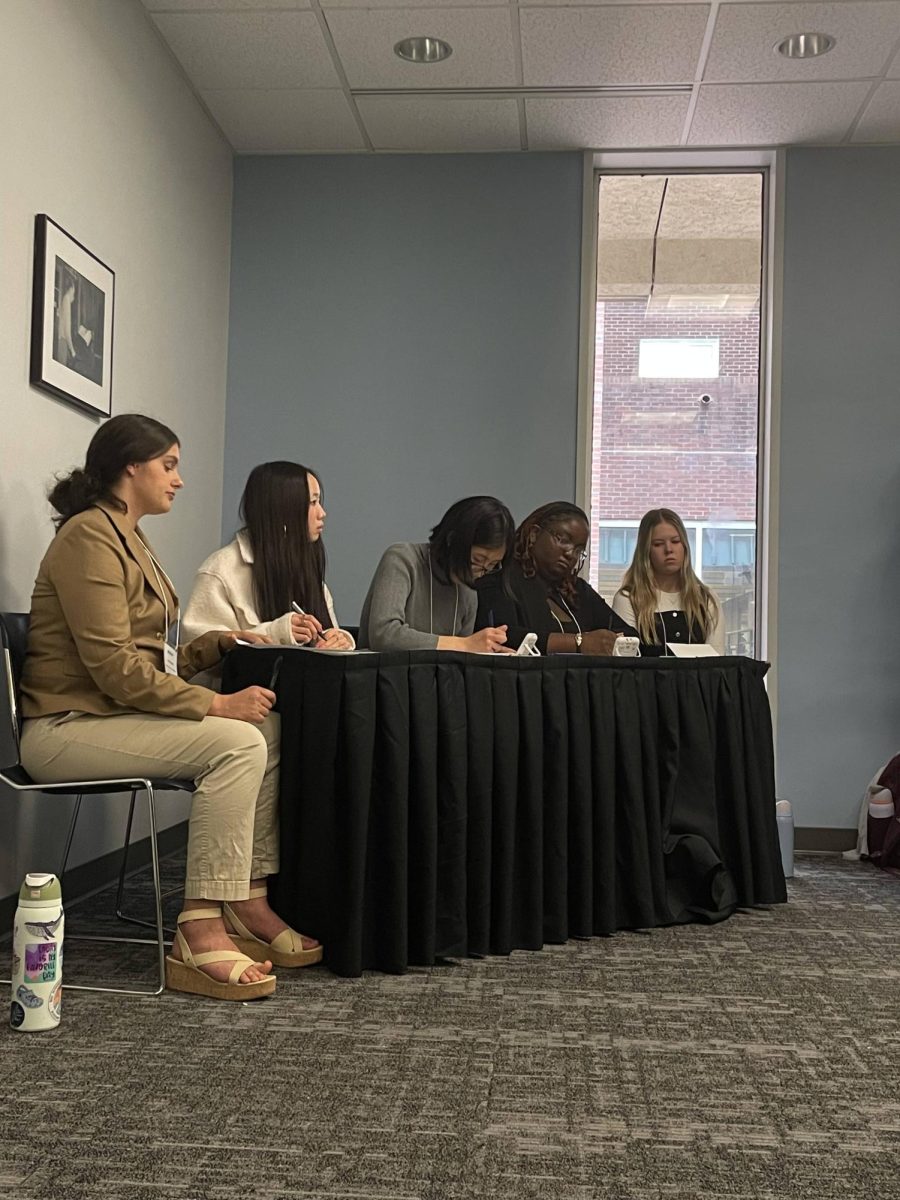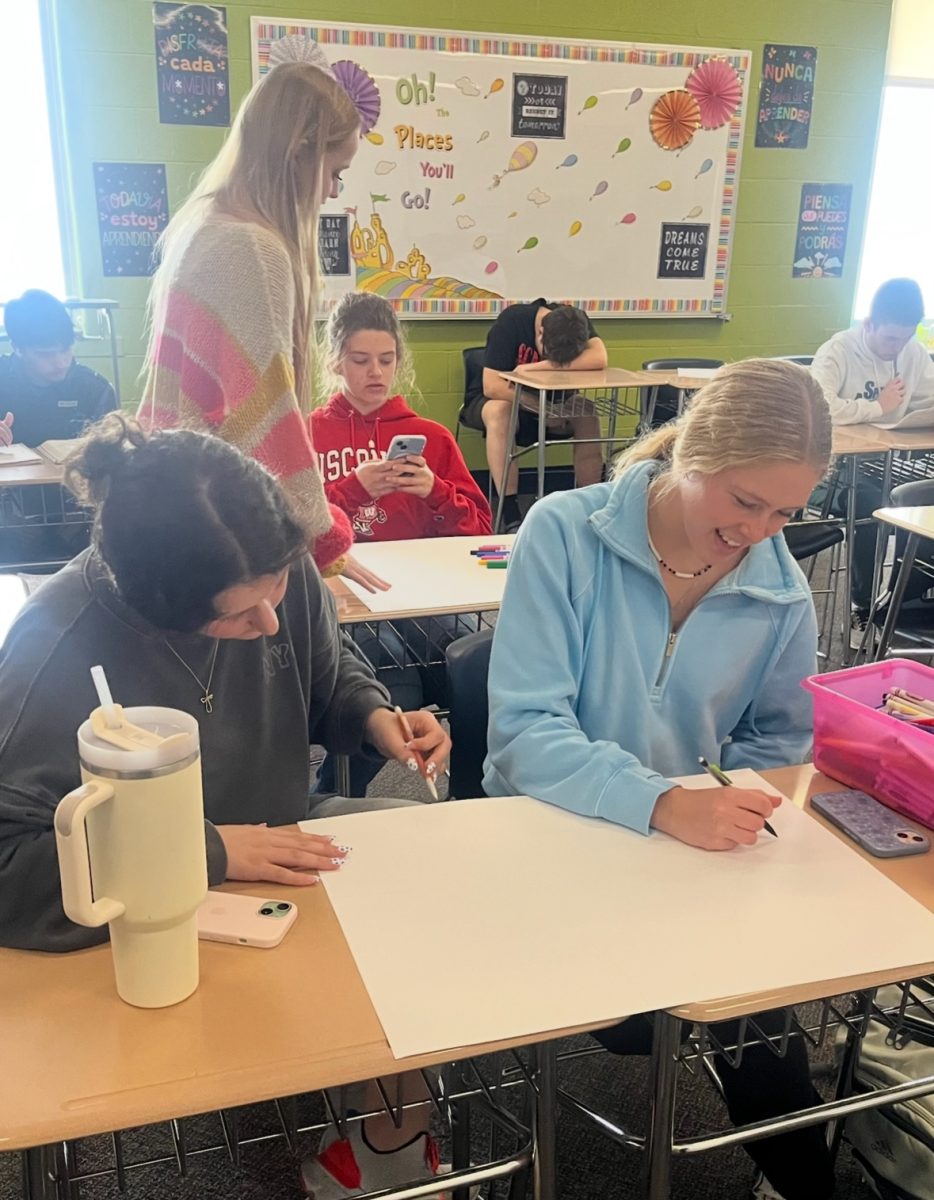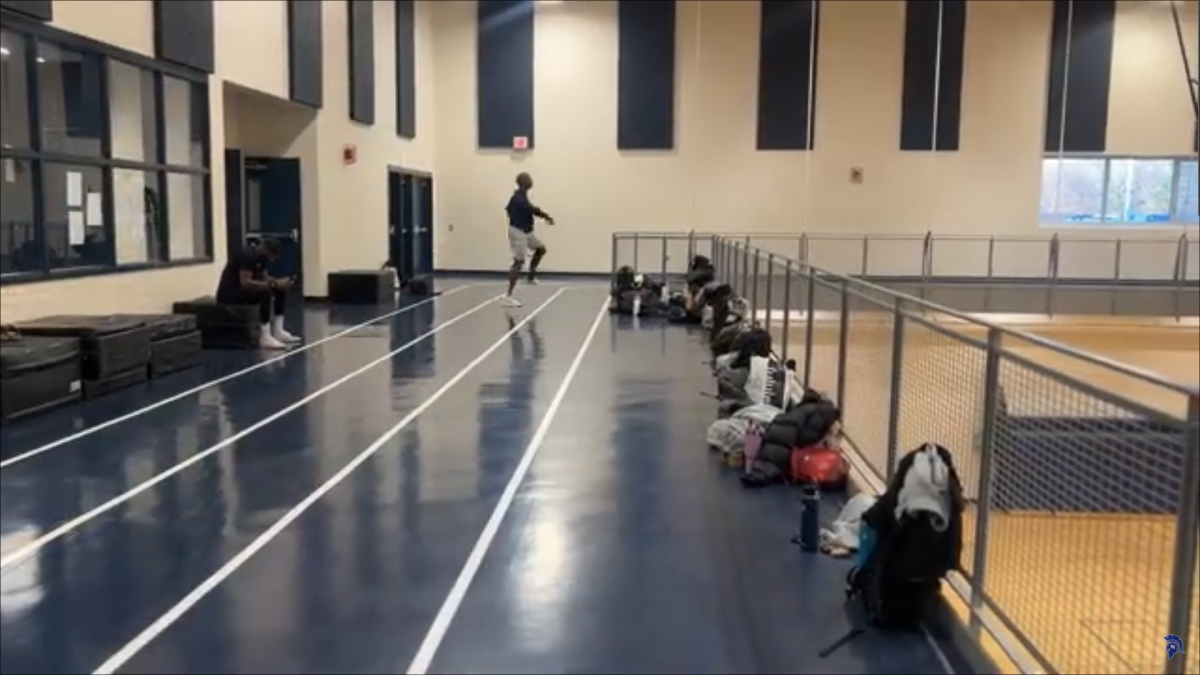While technology’s detrimental effect on mental health is often discussed, it is also imperative to acknowledge the negative physical ramifications of technology, specifically for students in the classroom.
The COVID-19 pandemic introduced multiple facets of new learning, including the increase of technology use inside and outside of the classroom. Students at PV were provided with school-issued Chromebooks and joined Google Classrooms to help them stay connected while at home.
Though PV has been back to in-person learning for a while, it appears that many of the changes made during the period of online learning are here to stay.
Katharine Mulfinger is an instructional coach at PV and has witnessed changes to typical education due to the increased use of technology. “Teachers have adopted Google Classroom or are piloting Canvas, and students can access their materials and assignments at any time,” she shared. “This is great from an equity and access perspective, but it does put added pressure on teachers to have all of the materials for class available online and in person. It adds time to their preparation.”
Mulfinger and the other instructional coaches at PV are actively working to navigate the balance of technology in the classroom.
Prior to introducing a technological program to teachers, the coaches have observed what students are doing in their classrooms in order to determine how technology can aid them in meeting their learning standards.
As a result of the coaches’ hard work to ensure that students are learning, “teachers are balancing utilizing technology and developing students’ 21st century skills such as thinking critically and being flexible and adaptable,” Mulfinger shared.
Technology has proven to be advantageous in many forms of learning, including accessibility to resources; however, it has its detriments. Unfortunately, the increased use of technology in classrooms through devices like laptops and cell phones is significantly impacting students, as many are experiencing back and neck pain due to the posture they have while viewing these devices.
Dr. Kimberly Lake is a chiropractor who has seen an increased number of patients with neck and shoulder pain as a result of working from home. Lake expanded upon the issues affiliated with the ways students view their devices. “Anatomically, staring at your phone or computer causes your neck to shift anterior, placing strain on neck structures and causing your shoulders to roll forward also,” she shared.
According to the National Center for Education Statistics, as of 2016, the average high school student spent 6.8 hours on homework per week. Many PV students share that a majority of their homework is done through online platforms such as Google Classroom or Canvas, which are primarily accessed through school-issued Chromebooks, devices that encourage poor posture.
While technology in classrooms is here to stay, the physical pain as a result of the way students view their devices does not have to. To help avoid physical pain from using technology, Lake suggested strength training, getting up at least one time every hour and being intentional to think about posture – shoulders back and tucking the chin into the neck.
As we learn to use technology in a way that allows for the advantages to outweigh the disadvantages, it is crucial to consider all implications – both physical and mental – and work to find a healthy balance.















